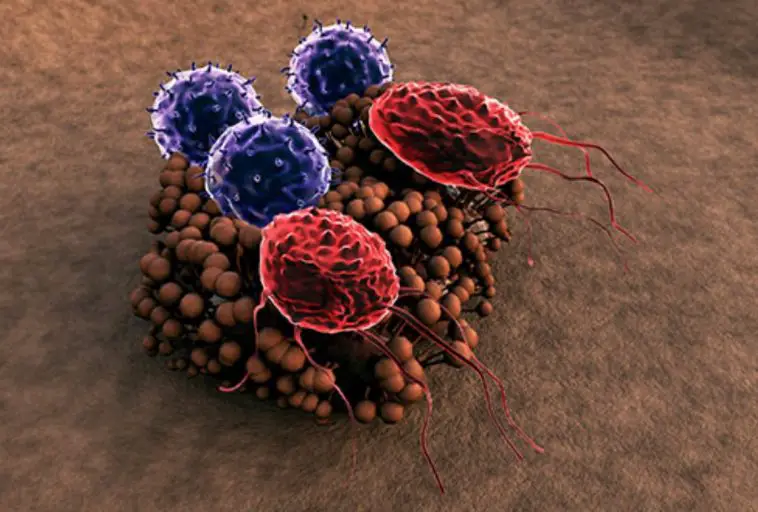Since mold can live almost anywhere, it is important to avoid any exposure to it to control your mold allergies. This is by protecting yourself either at home or outside. Although you cannot see mold spores in the environment, they are still present in the air. Therefore, they can easily make it to your nose and provoke your allergies. Practice good hygiene as it is the first step to prevent any mold allergies. Also, the presence of mold may not be the only problem as basic housekeeping hygiene can go a long way in managing allergies. In this article, you will learn of different ways to reduce mold allergies.
Think Ahead
Mold is not easily avoided. Therefore, as you run your errands and as you visit several stores, there is a chance that you can encounter mold. Although it is not visible, once you smell it you will start sneezing, having watery eyes, among other allergic symptoms. For that reason, it is important to think before you go, and always have the allergy medicine that you take before getting into such places. Optionally, carrying a dust mask is as important, especially in construction sites, flower shops, farms, and antique shops among other places.
Control home moisture level
Mold thrives where organic food and moisture are present. Therefore, when you get mold in your home, it will require you to get a mold testing service as it grows rapidly once it gets breeding ground. Also, you need to control the inside moisture levels by taking the moisture out and making your home less mold friendly. The recommended humidity for a home is normally below 60%, therefore, if it is more than this it creates a good environment for mold growth. Use dehumidifiers or air conditioners to get the moisture out. Also, you can purchase a humidity meter to measure how much moisture you have in your home to know when you should control it.
Check your basement
Basements are commonplaces to find mold due to how they look and are kept. In most instances, they are damp, and this level of humidity causes an increase in mold growth. Therefore, since it can create a lot of damage to the home when the mold grows out of control. Use dehumidifiers to lower the humidity level, you will be surprised at how much water you collect that was trapped in your basement. Since mold in your basement still affects your allergies even when you do not go there often. Try to create an atmosphere that will ensure the mold does not grow. For instance, instead of having wooden floors that hold moisture, choose concrete or linoleum as your basement flooring. Also, consider what you are storing in the basement since most things kept there like clothes, firewood, old papers are a perfect place for mold to grow.
Fix leaks
Not only should you fix leaks, but you should act fast where there is any water damage. Leaks and spills need to be sort out as fast as you can. This is through doing it yourself or calling in a plumber. The leaks are in basements, laundry rooms, bathtubs, and the roof as well and the quick action you take will pay off eventually. All this includes mopping spilled water off the floor as any sort of moisture is an ideal breeding ground for mold. Check your gutters too and chimneys if they need cleaning. Then, do not delay. As a result, you will reduce mold allergies as no mold can grow around you.
Check your home compound
The landscape of your home needs to stay clean, and if possible dry. Thus, you must rake dead leaves around the base of the home. Also, any plants and shrubs around the home are best you clear them, especially if the shrubs are thicker. Another important tip is to find a way for rainwater to drain fast from your house and not stay still in one place as it will have mold. If in your compound you have a tree that shades your home preventing enough sunlight from getting in. Consider cutting some of the branches off, since the shade it provides makes it longer for water to dry and the trapped moisture will lead to the growth of mold.
Remove the mold
Although there are services that offer mold removal to homes and business premises. There is a type of mold that you can get out since you can see it start growing. Hence, get your bleach solution, soap and water and clean it out. This is mold you spot on any surface in your home. For instance, on a tile, plastic, glass, wooden floor. It will help prevent it from growing further and causing your allergies to start acting up. After you remove it, you must know what the cause of it was to stop it from happening again. More importantly, for mold on drywall, you should seek professional advice from services like awamoldinspections as they provide mold inspection in New York, Texas, and most of the major US cities.
Maintain cleanliness
As mold is known to thrive anywhere it is supported with any form of moisture. Therefore, is important to keep the bathrooms and the kitchen clean. These two places are areas that get warm, damp and humid often in a home as they are constantly used. Therefore, after use, if they are left clean and dry, they will prevent any breeding ground for mold. Otherwise, if they are left with grease and soap scum the result will be different after some time as mold will grow, and your allergies will increase. Consequently, for the bathroom, ensure you have a window open that lets out unnecessary moisture or an exhaust fan. While for the kitchen area, clean after use and check for mold indoor seals, garbage pails, refrigerator drip pans, and clean them regularly. Also, you can cook with a window open to let out the extra moisture other than letting it build up.




Comments
Loading…